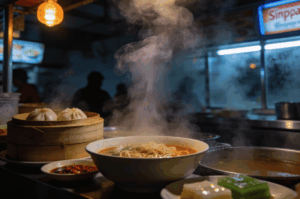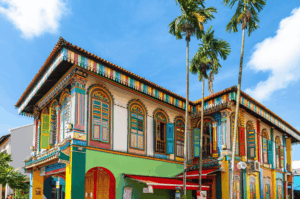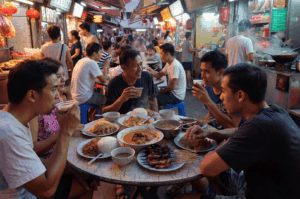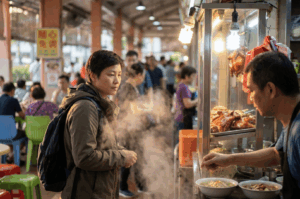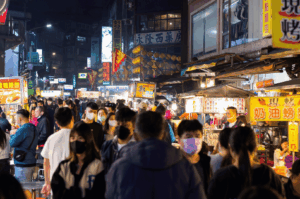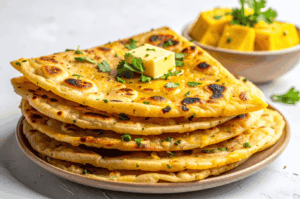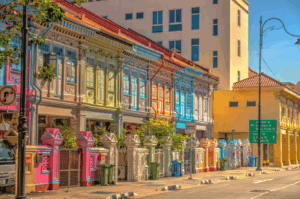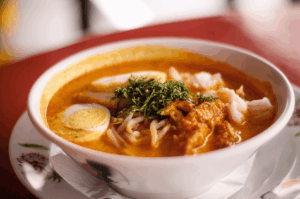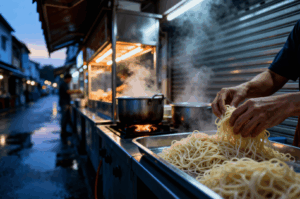Little India is at the heart of Singapore food, famous for its vibrant hawker centres, diverse dishes, and energy that draws both locals and visitors. Anyone interested in Little India food photography will find a treasure trove of colors, flavors, and stories to capture. With its overflowing markets, sizzling hawker stalls, and rich traditions, Little India is a must for anyone wanting to photograph—and sample—local food.
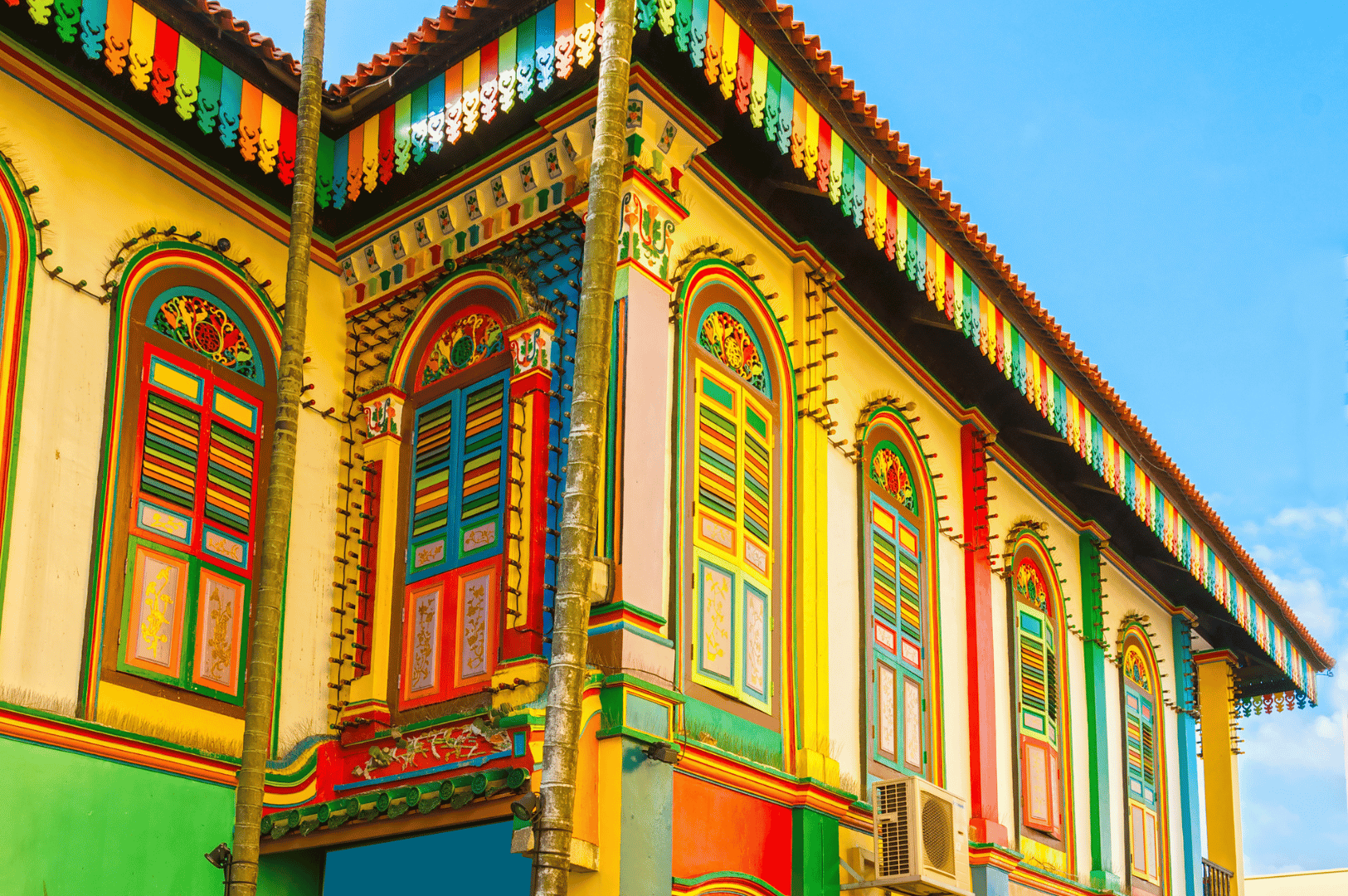
Where to Photograph: From Markets to Modern Hawker Centres
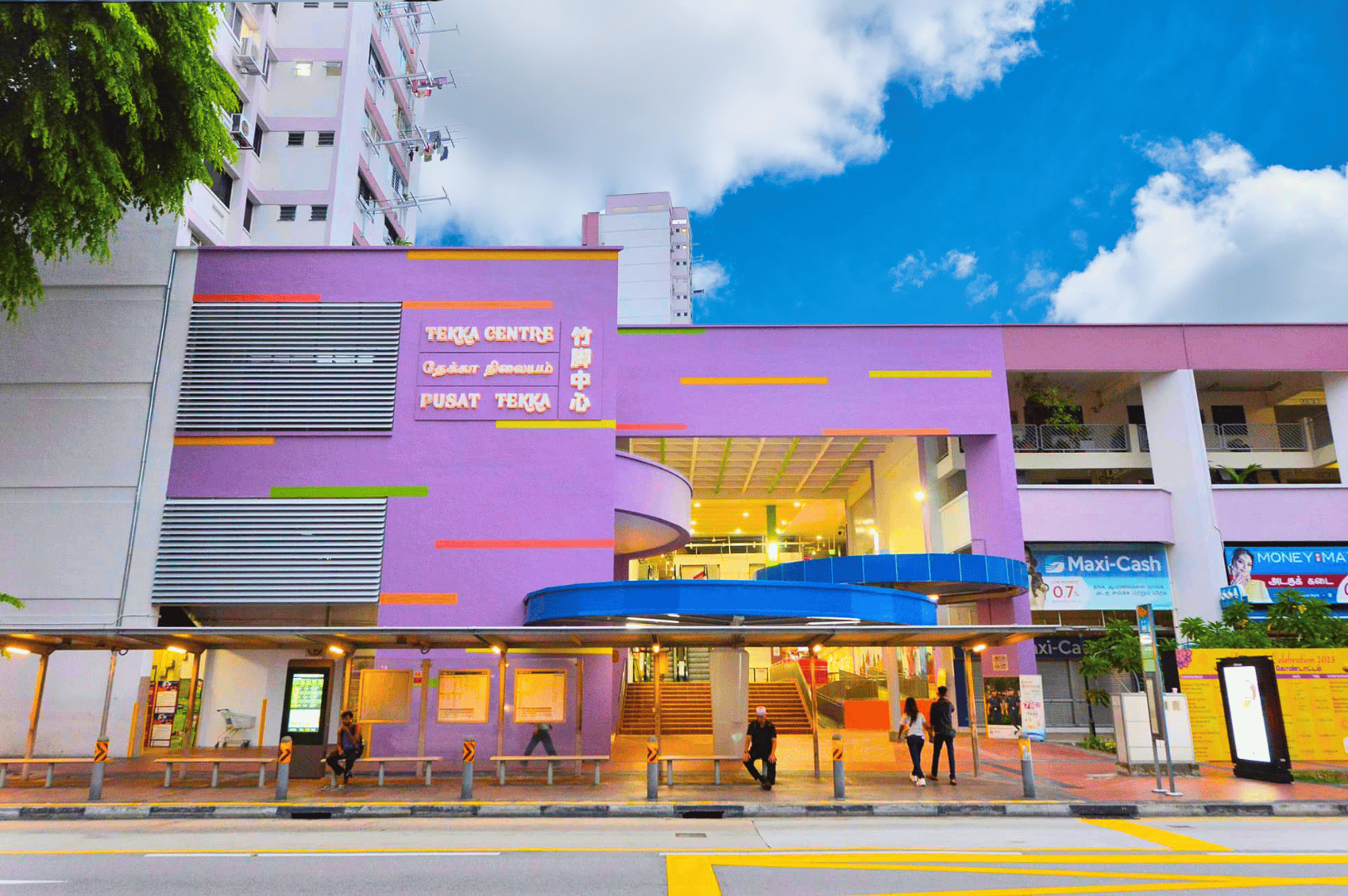
The beating heart of food culture in Little India is Tekka Centre. Walk among stalls selling fresh produce, spices, and essential ingredients like rice flour and coconut milk. Capture baskets of egg noodles, bean sprouts, tofu puffs, and red beans—commonly found in traditional Singapore dishes. Don’t miss the busy food court where you can eat a variety of local dishes, such as biryani, fried chicken, and sambal chili, as well as seafood favorites like Laksa and Hokkien Mee that often feature shrimp, sending up clouds of steam and bursts of color.
For variety, make your way to Komala Vilas. This is where you’ll photograph banana leaf feasts stacked with rice, curry, and coconut cream—dishes so colorful they’re made for the camera. Looking for more? The Banana Leaf Apolo serves fiery Fish Head Curry with lime juice and dark soy sauce, while aromatic stir fried rice noodles and spicy bak chor mee are easy to spot in neighbouring stalls and at Airport Road Food Centre, where shrimp is also a key ingredient in many noodle dishes.
Serangoon Road and Jalan Besar are packed with vendors offering popular dishes like carrot cake (actually a savory, egg and rice cake dish with dark soy sauce), oyster omelette, and kaya toast with local coffee. Each hawker centre or stall presents a new palette and a new story.
The Colors and Culture: Why Indian Cuisine Pops
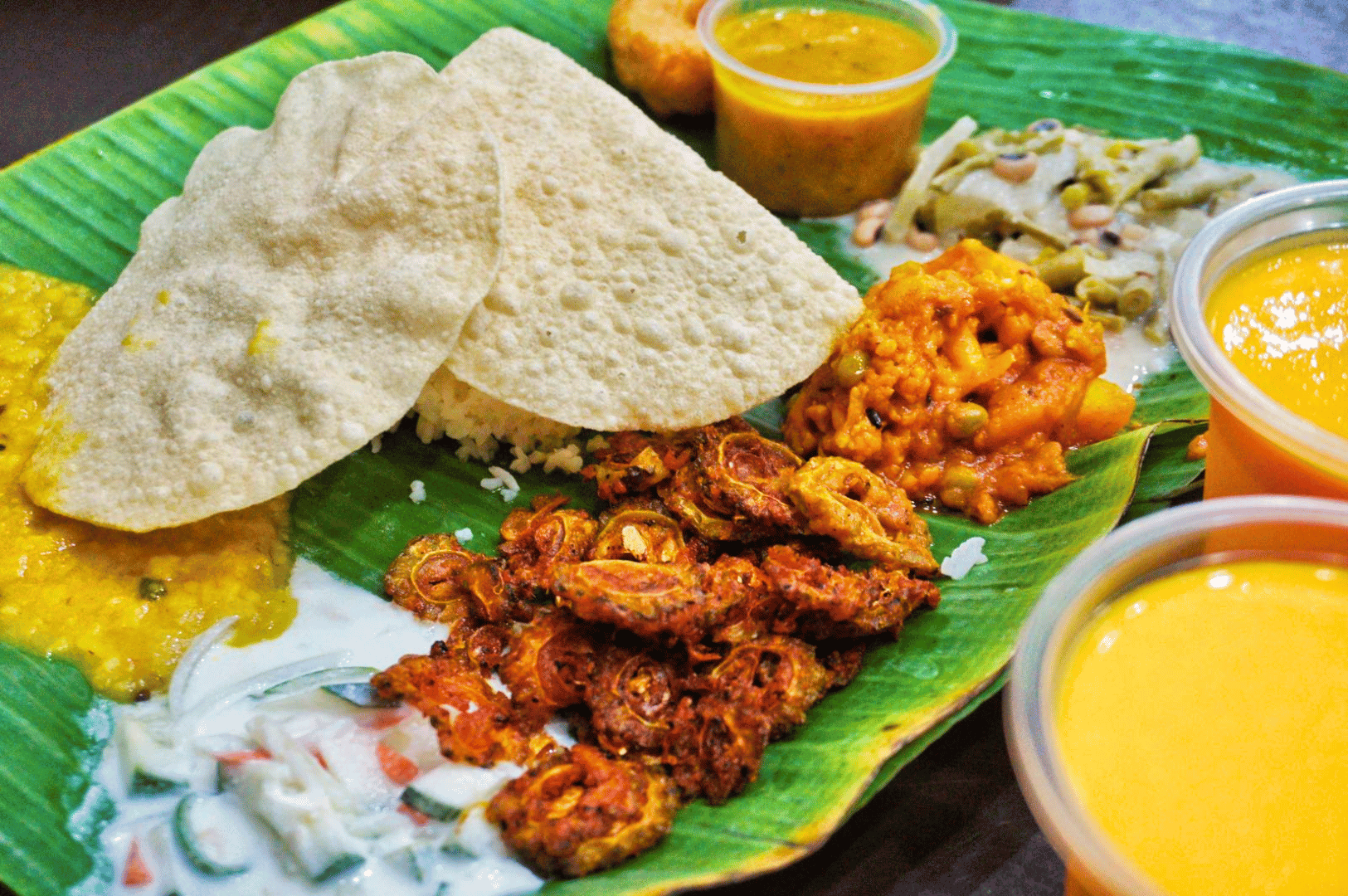
Photographing Little India cuisine means embracing a world of bright spices and bold presentation. The yellow of turmeric, the green of pandan leaves, and the deep black of soy sauce or black pepper provide a spectrum to work with. In Singapore food photography, pay attention to how these colors are used: a golden biryani, a red curry enhanced by chili sauce, or a plate of nasi lemak with coconut rice and fried chicken.
In Indian tradition, vibrant colors in a dish often indicate certain flavors or ingredients. Dishes are commonly served with fresh lime juice, chili crab with palm sugar and garlic, or a sweet finish of shaved ice or red beans in desserts—showing the merging of Southeast Asia flavors with Indian cuisine.
Catching the Action: Cooking, Mixing, Serving
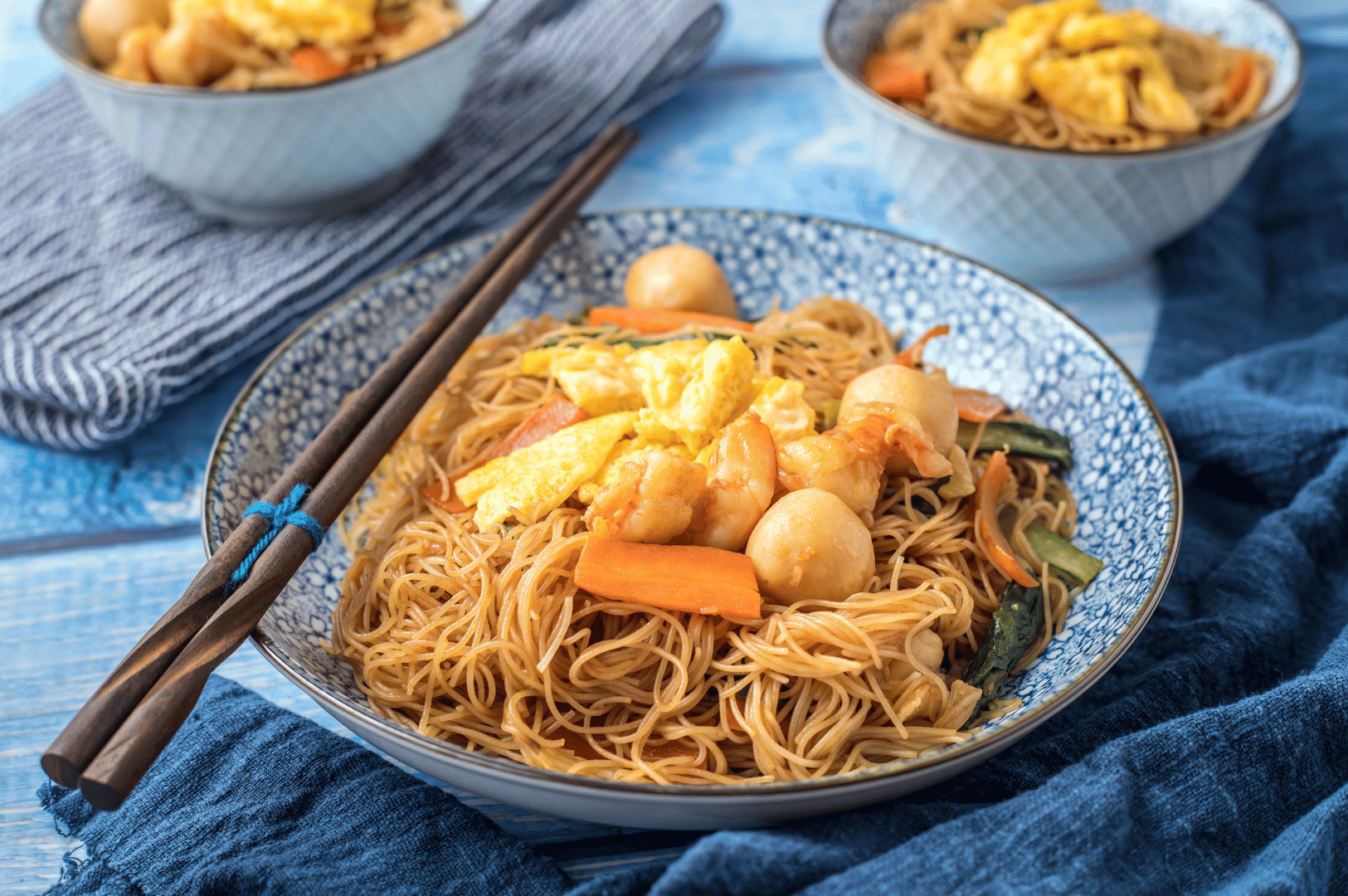
Some of the most engaging food photography comes from documenting movement. Snap chefs tossing bee hoon (rice noodles) or stir frying yellow egg noodles over hot flames, hands assembling side dishes like minced pork and fish balls, or the finishing drizzle of soy sauce on a steaming plate of char kway teow.
Look for action at hawker stalls where classic Singapore dishes are made to order: bak chor mee (with pork bones and fish cake), carrot cake, or freshly steamed rice ready to be paired with local favorite coconut milk curries. Don’t forget the drinks—order teh tarik or kopi with condensed milk for a textured coffee photo.
Dishes to Feature: A Mix of Tradition and Modern Variations
Before diving into the list, it's important to note that certain dishes, especially those from Peranakan cuisine, are traditional recipes passed down through generations and may vary by family.
Chicken Rice
The ultimate Singapore dish, fragrant rice cooked with garlic and served with chili sauce.
Char Kway Teow
Flat rice noodles and egg noodles wok-tossed with Chinese sausage, fish cake, and bean sprouts in dark soy sauce.
Bak Chor Mee
Egg noodles or mee pok tossed with minced pork, fish balls, and a splash of vinegar and sambal chili.
Nasi Lemak
Coconut rice, fried chicken, sambal chili, ikan bilis, and peanuts—a popular dish found in Little India and hawker centres citywide.
Carrot Cake
Made with rice flour and turnip, stir fried with eggs, dark soy sauce, and often served dry or with chili.
Tips for the Best Food Shots
- Use natural daylight whenever possible, positioning plates near open windows in hawker centres or restaurants.
- Shoot overhead for flat lays of multiple side dishes, or at a low angle to catch layers in dishes like chicken rice.
- Use a prime lens or smartphone portrait mode for appealing background blur. Macro shots spotlight the sparkle of sambal chili or coconut cream.
- Adjust white balance to combat yellow restaurant lighting, and avoid direct flash to keep colors authentic.
Cultural Etiquette and Respect
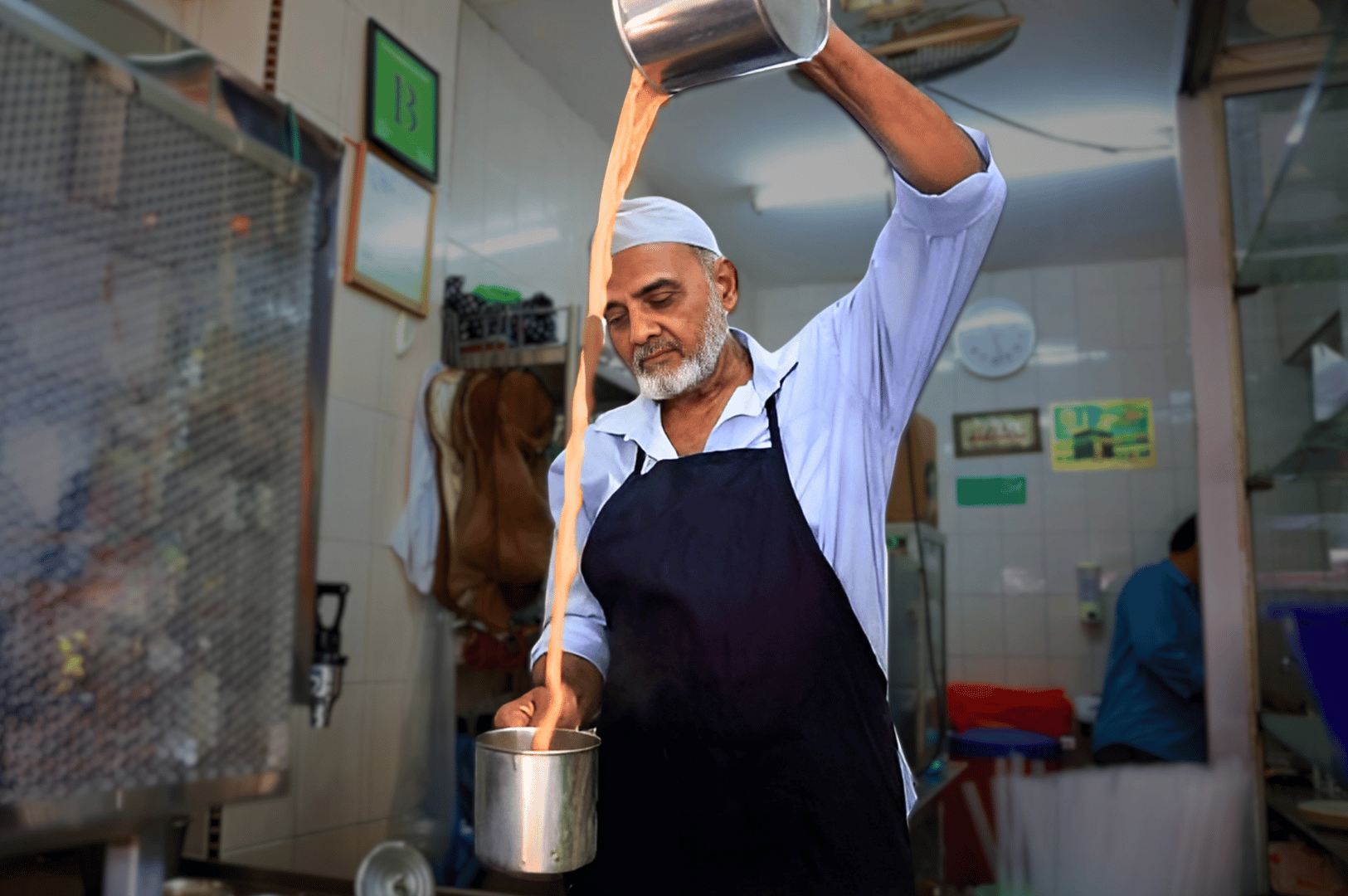
Be respectful—always ask vendors and chefs before taking close-ups. Offer a smile, buy a dish, and show genuine interest. Hawker stalls are busy; a quick chat about ingredients like fish paste or tofu puffs can unlock new perspectives for your photography.
Indulge in India's Local Food
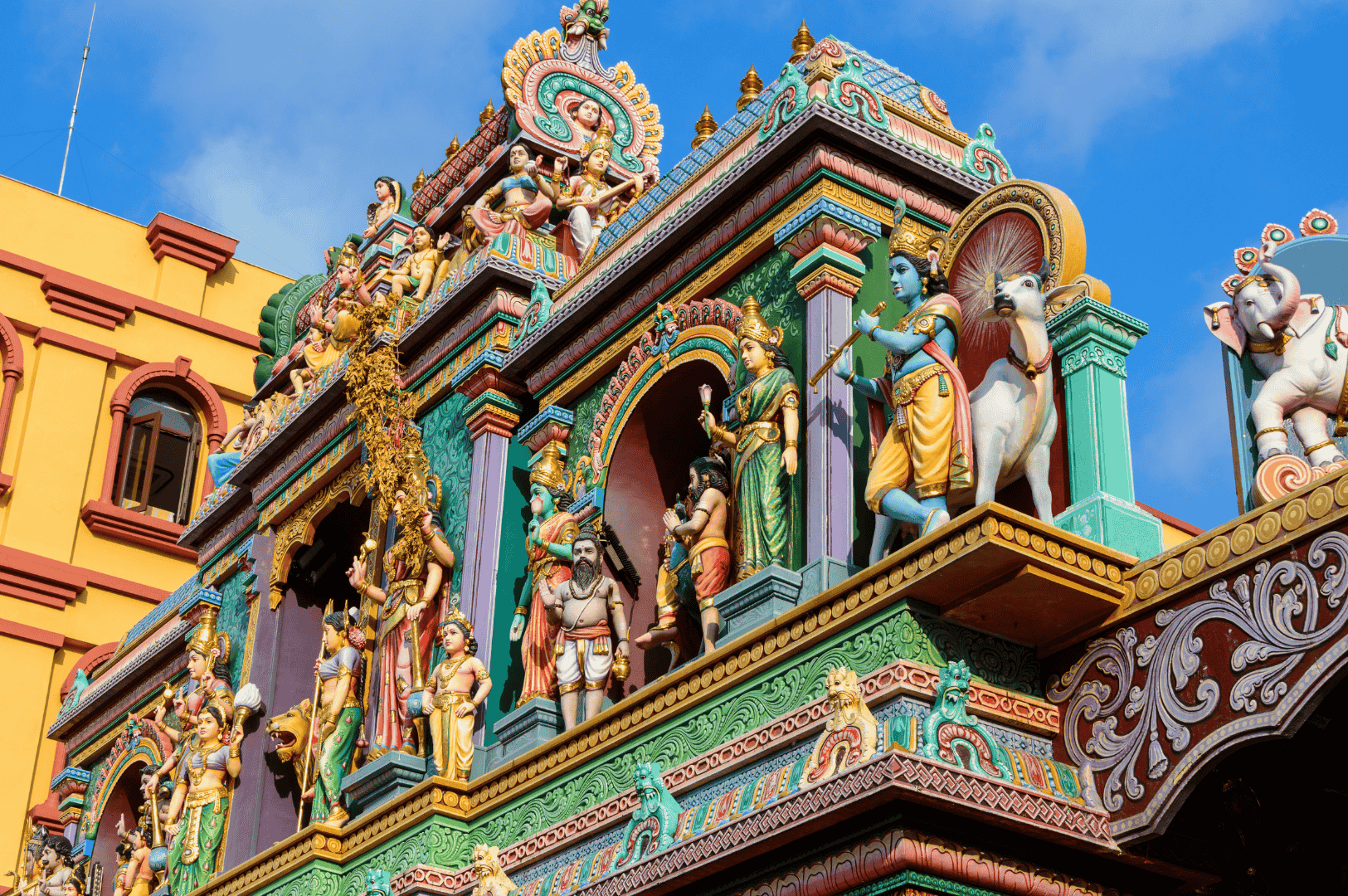
From the sizzle of stir fried noodles to the sweetness of shaved ice desserts, Little India’s food scene is packed with vibrant images and stories. Blend technical skill with an openness to other variations of dishes, and your photographs will reflect the spirit, color, and flavor of local food culture.
For another unforgettable experience of Singapore's street food scene, be sure to check out Flame and Smoke: Best Satay in Singapore—where the art of grilling satay is brought to life. Spend time wandering, tasting, and connecting—your lens will thank you.
For more visual stories and culinary journeys, visit Street Food Photographer.
Steam & Seduction: Singapore for Foodies
December 15, 2025
The air in Singapore is never just air. It is a potent cocktail of sensation, a humid embrace laced with the fragrant perfume of pandan, the sharp zest of calamansi, and the deep, soulful aroma…
Spice Affair: Singapore Foodies’ Guide to Little India
December 12, 2025
The moment you step onto Serangoon Road, the world changes. The air grows thick with the heady perfume of jasmine garlands, sweet incense, and a complex blend of toasted spices that seems to emanate from…
The Morning Ritual: Street Food Hawkers Before Dawn
December 8, 2025
The world is dark, cloaked in a tranquil stillness that precedes the sunrise. A deep blue hue hangs over Singapore, and the only sounds are the distant hum of a lone vehicle or the gentle…
Midnight Confessions: The Secret Language of Supper in Food Images
December 5, 2025
The city exhales. Its daytime hustle recedes into a quiet hum, replaced by a different kind of pulse. On street corners bathed in the lonely glow of a single lamp post, a new world awakens….
Bespoke Tasting Tour: Michelin Street Food in Singapore
December 1, 2025
Imagine a culinary journey tailored just for you, a path that winds through the heart of a city’s most celebrated flavors, with every stop a new delight for both your palate and your camera lens….
Night Market Seduction: Low-Light Techniques for Food Photographer
November 28, 2025
The sun dips below the horizon, and a different kind of energy begins to hum. Lanterns flicker to life, steam billows into the cool night air, and the chaotic, beautiful symphony of a night market…
Best Street Food in Singapore: Roti Prata’s Sensual Stretch
November 24, 2025
The air in the coffee shop is thick with the scent of brewed coffee and the low hum of morning conversation. But all eyes are drawn to one spot, a brightly lit stage of stainless…
Katong: The Peranakan Pleasure Principle of Street Foods
November 21, 2025
Stroll through the streets of Katong, and you’ll feel a palpable shift in the air. The sleek modernity of Singapore’s city center gives way to a charming streetscape of colorful, ornate shophouses and a slower,…
The Laksa Queen’s Secret to Good Street Food in Singapore
November 17, 2025
In the maze-like corridors of Singapore’s hawker centres, where hundreds of vendors vie for attention, true legends are not made overnight. They are forged in decades of heat, steam, and unwavering dedication. One such legend…
Morning Rituals: Singapore Street and Food Awakens
November 14, 2025
The world is still cloaked in a deep, inky blue, but Singapore is far from asleep. A quiet energy hums beneath the surface, a city stirring not with the roar of traffic, but with the…

